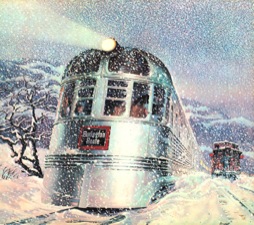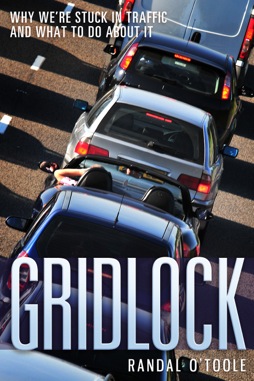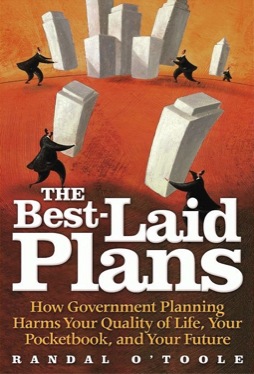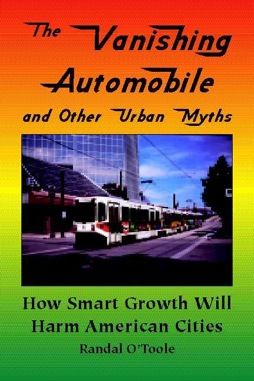The New York Times had an article recently arguing that the $11 billion Congress has spent on high-speed rail grants since 2009 has produced little visible results, mainly because most of it was spent on increasing the speeds of existing trains by two or three miles per hour rather than building new, true high-speed rail lines. This was followed by an editorial saying that “American lawmakers have not given high-speed rail the priority it deserves.” Population “growth will put an incredible strain on the nation’s highways and air-traffic system,” the editorial predicted, and high-speed rail would alleviate that strain.
In response, Forbes contributor Tim Worstall says, “The New York Times is wrong; there is no case for high-speed rail.” Worstall accepts the conventional wisdom that cars make sense for trips under 100 miles and planes make sense for trips of more than four hours, but in between there is a “sweet spot” in which rail makes sense. However, he continues, with the development of self-driving cars, that sweet spot disappears because the only advantage of trains is that riders can work or relax while on board, and since self-driving cars will allow people to do that too, there won’t be any need for high-speed trains.
Worstall is right about the New York Times being wrong, but he is wrong that there is a sweet spot today in which high-speed rail has an advantage over driving or flying. In claiming that such a sweet spot exists, Worstall is underestimating both the advantages of driving when and where you want to go and the excessively high costs of high-speed trains.









